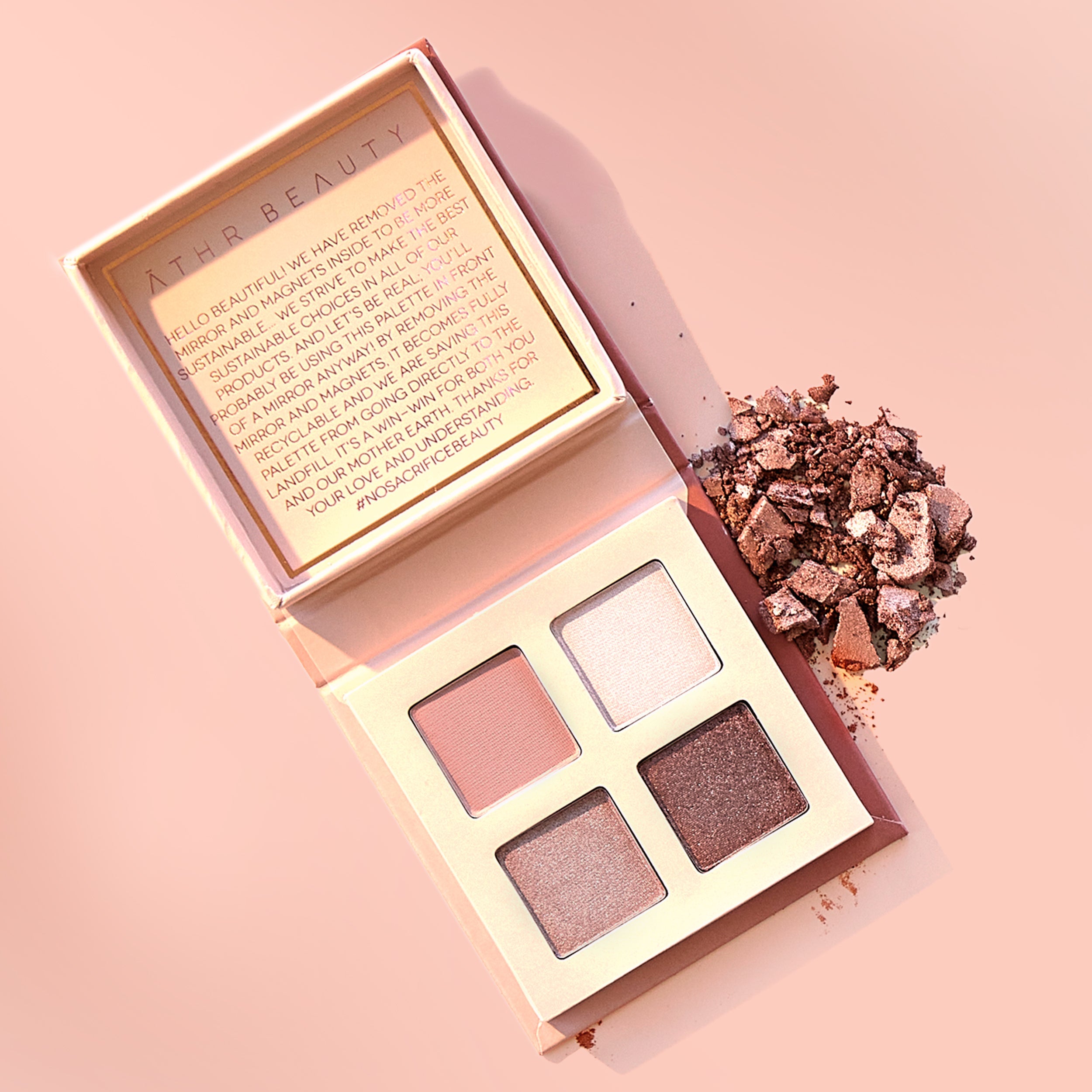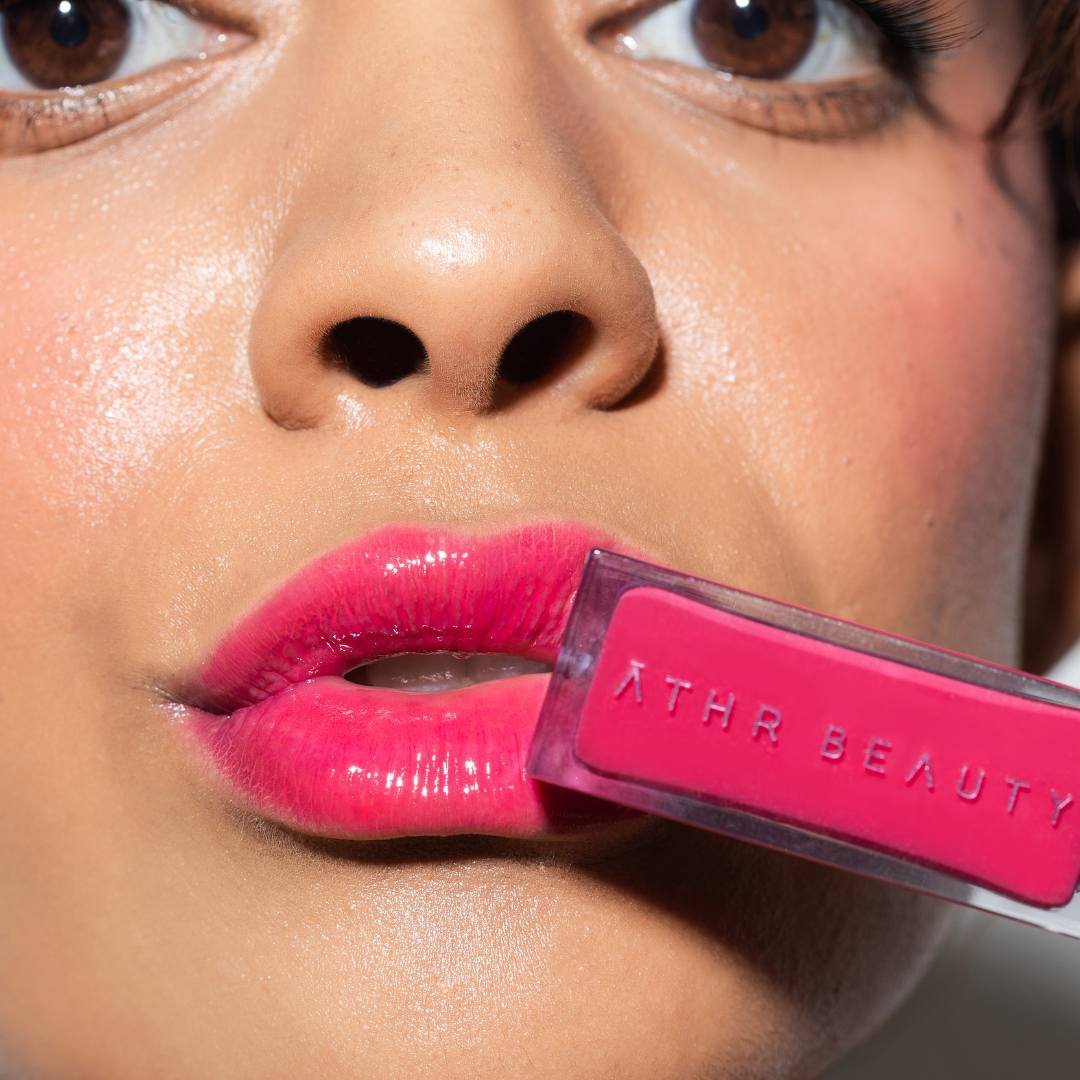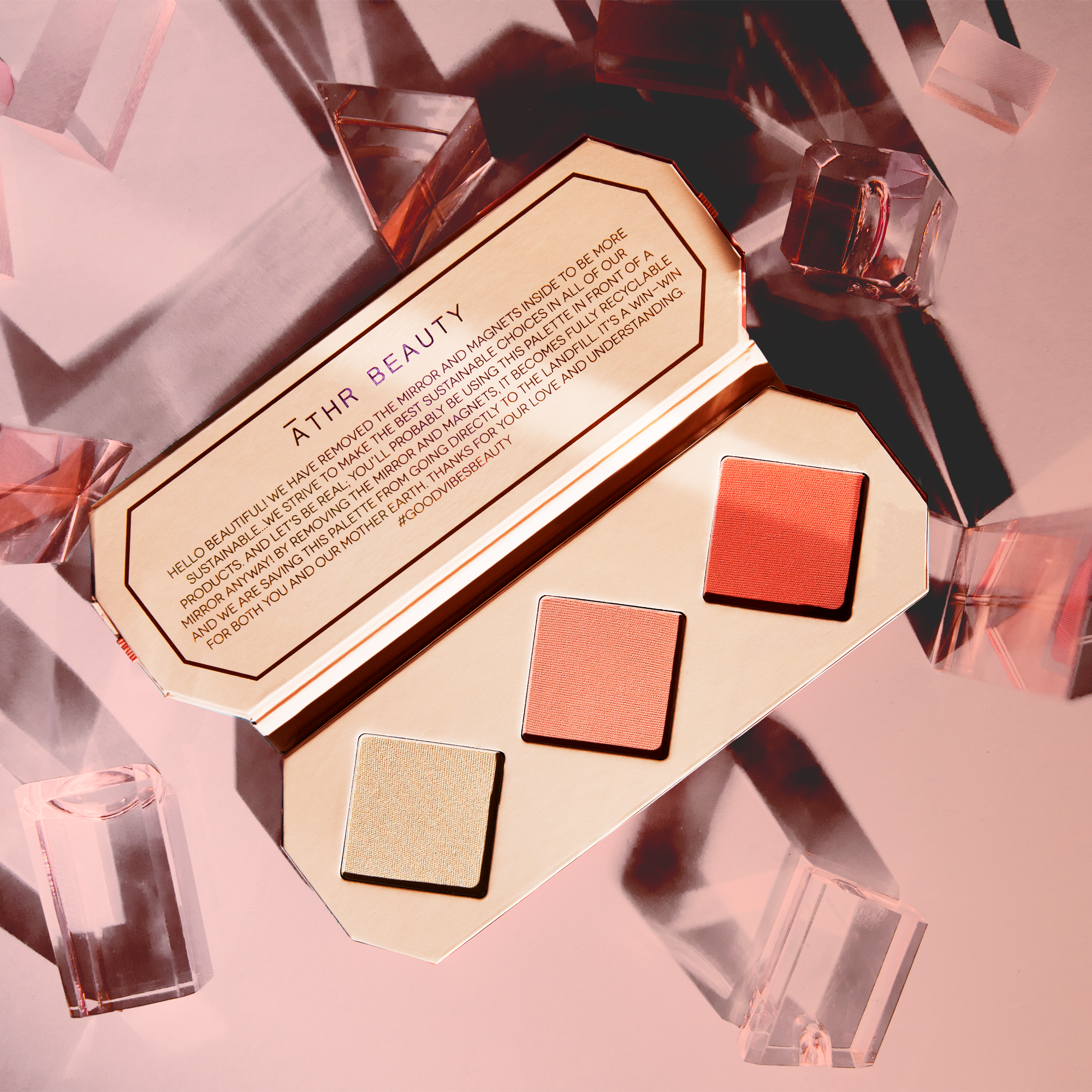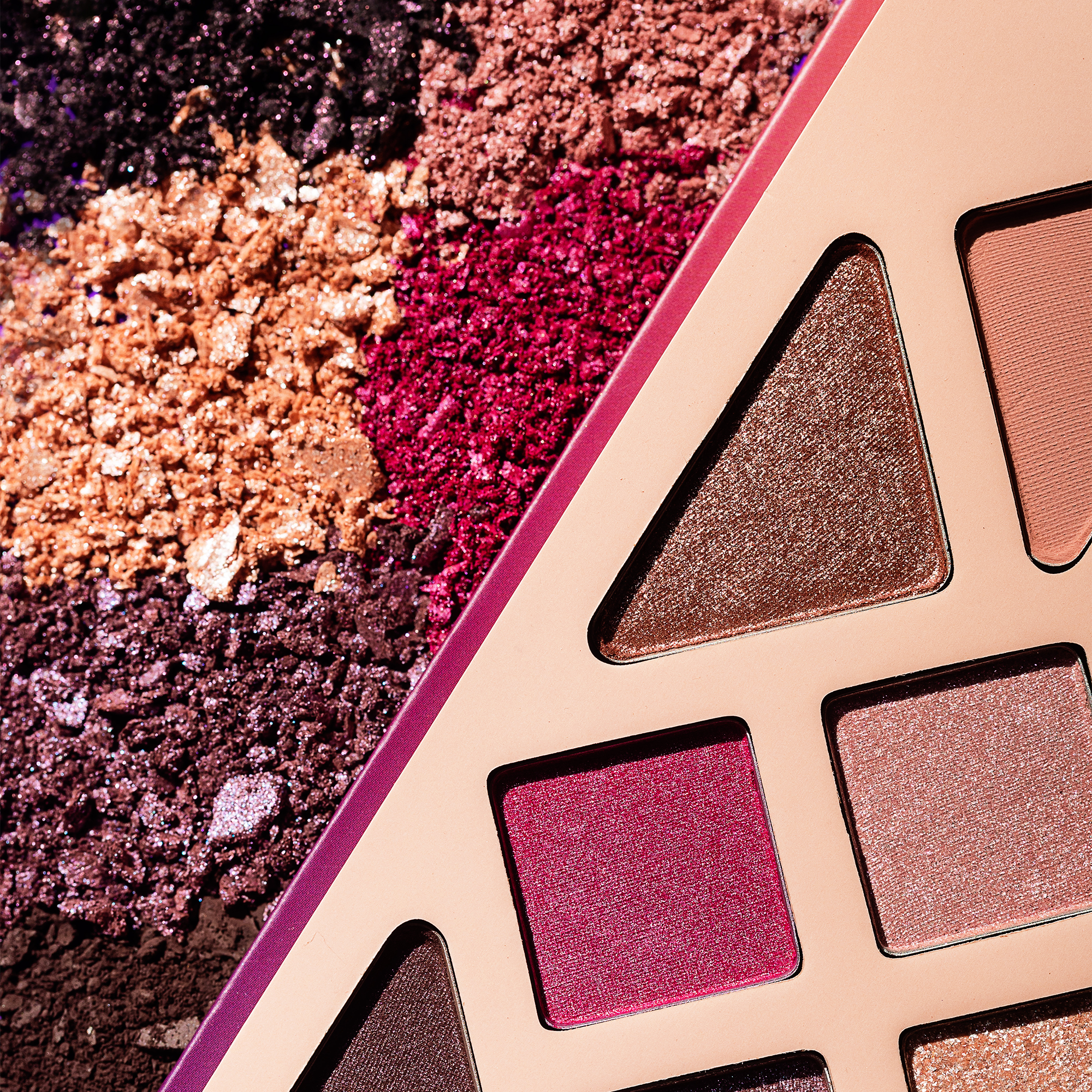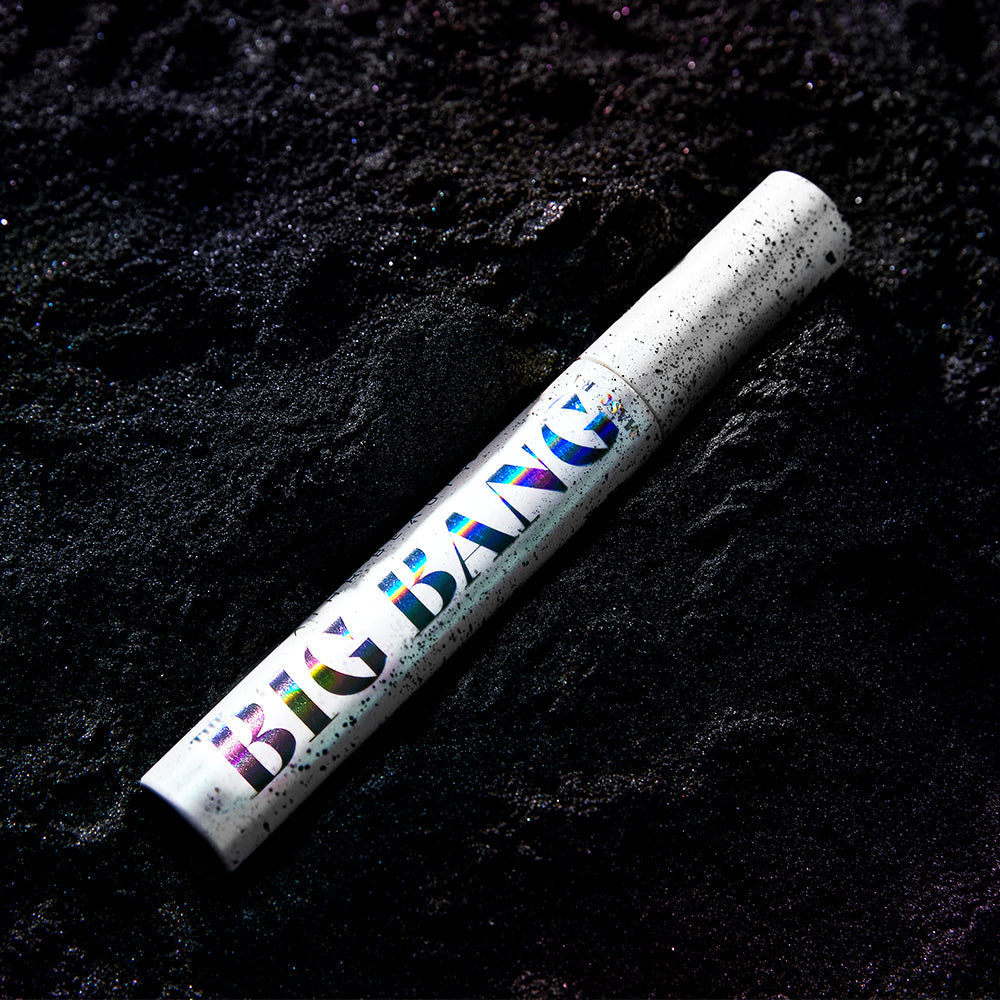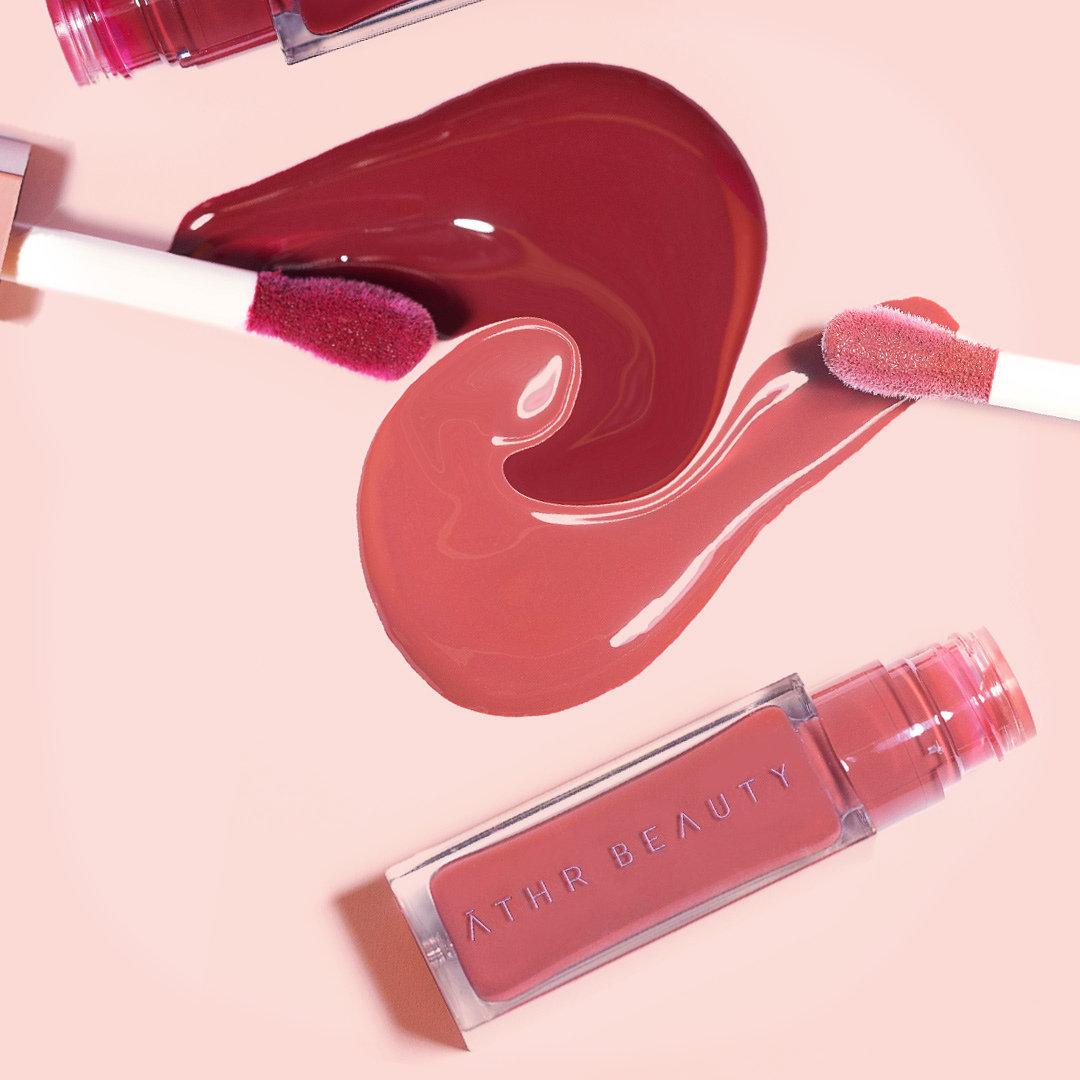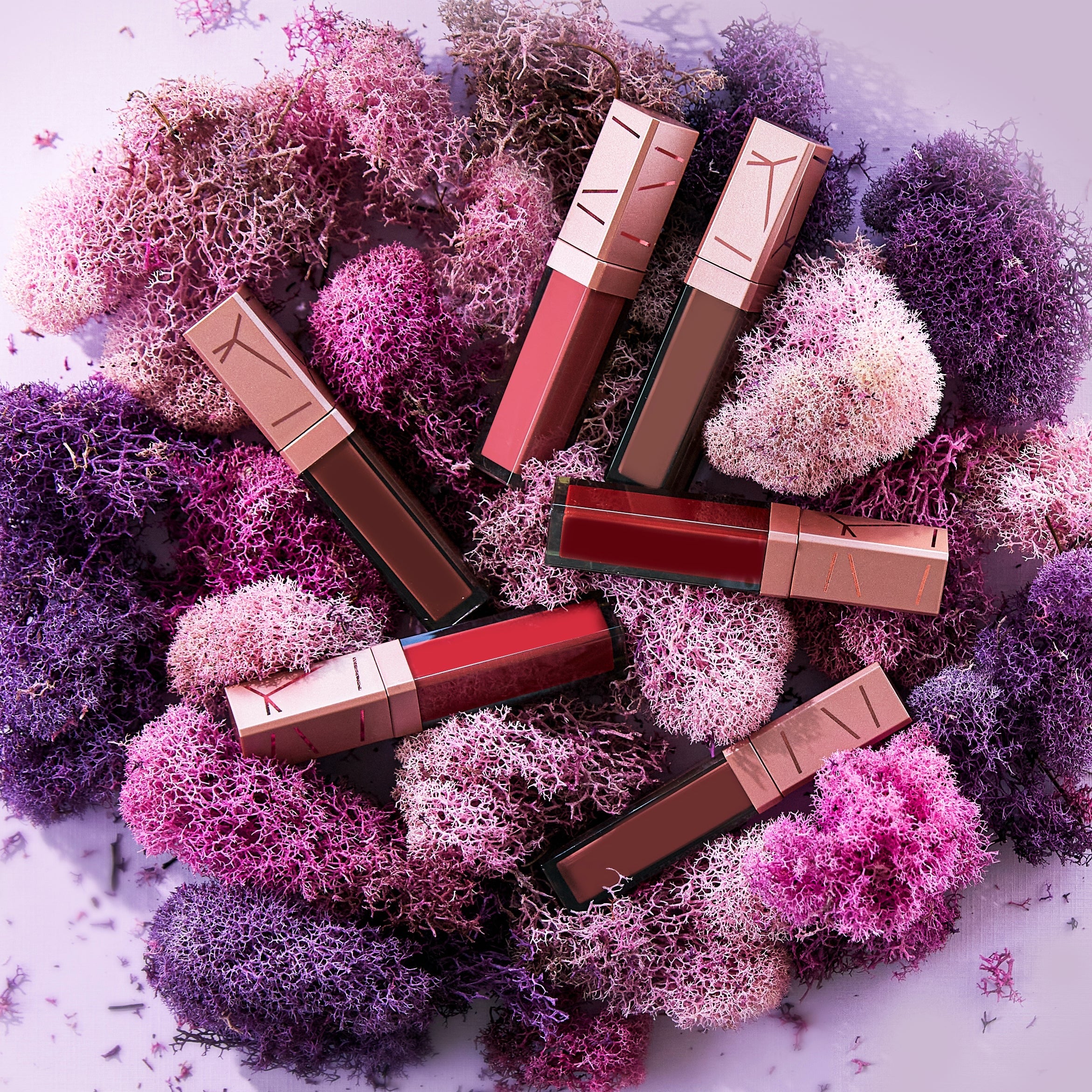#goodvibesbeauty - ĀTHR Beauty Blog
Filter by
All
Amethyst Crystal Gemstone Palette
Astrology
Autumn Equinox
Beauty Tips
Behind the Brand
Black Lives Matter
Clean Beauty
Cruelty-Free
Crystals
Fair Labor
Fair-Trade
Favorite Looks
Gift Guide
Ingredient Intel
Mercury Retrograde
Mica
Moon Magic
New Product Alert
Our Planet
Palm Oil
Product Info
Summer Solstice
Sustainability
Vegan
Zero Waste


